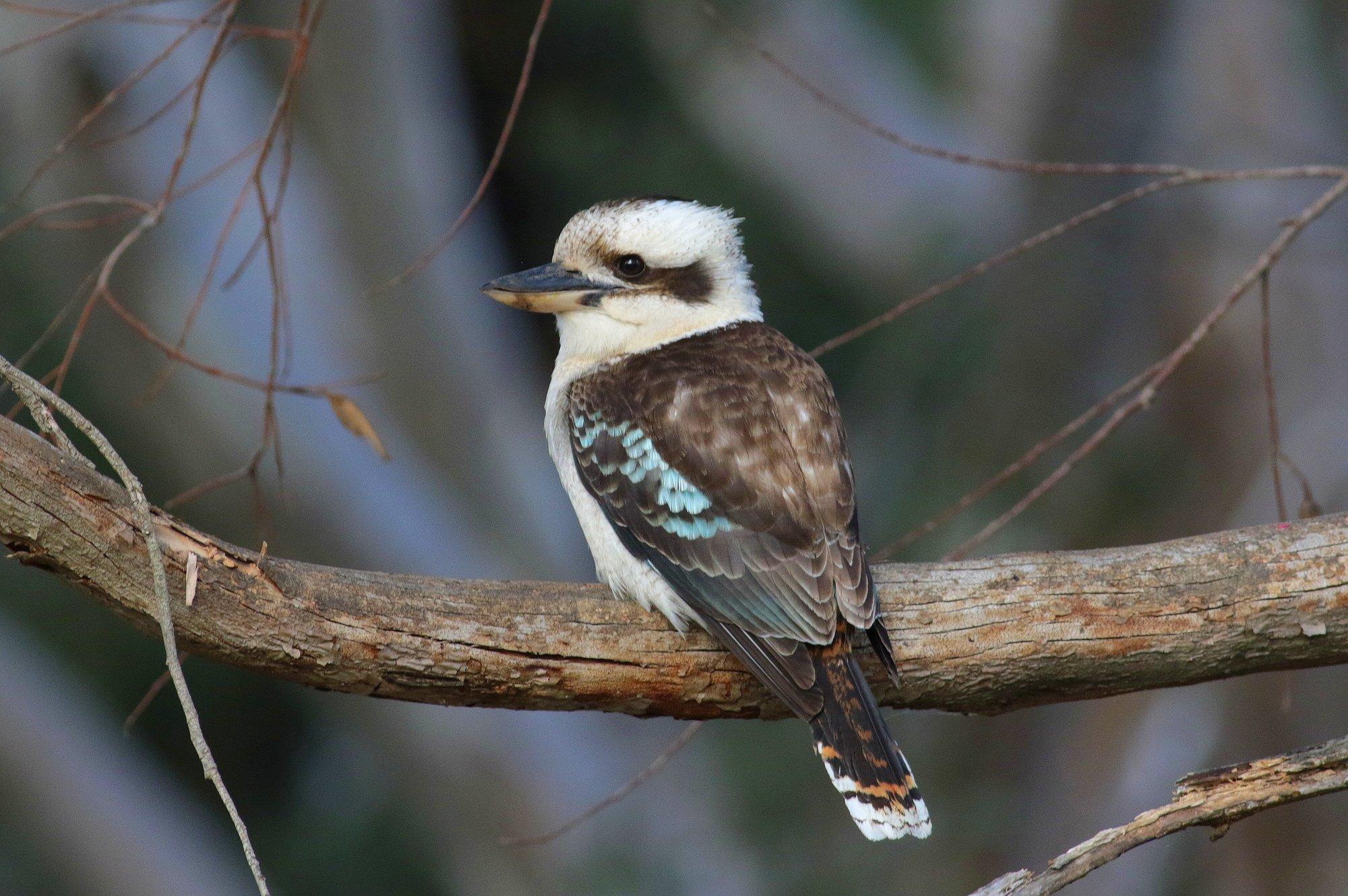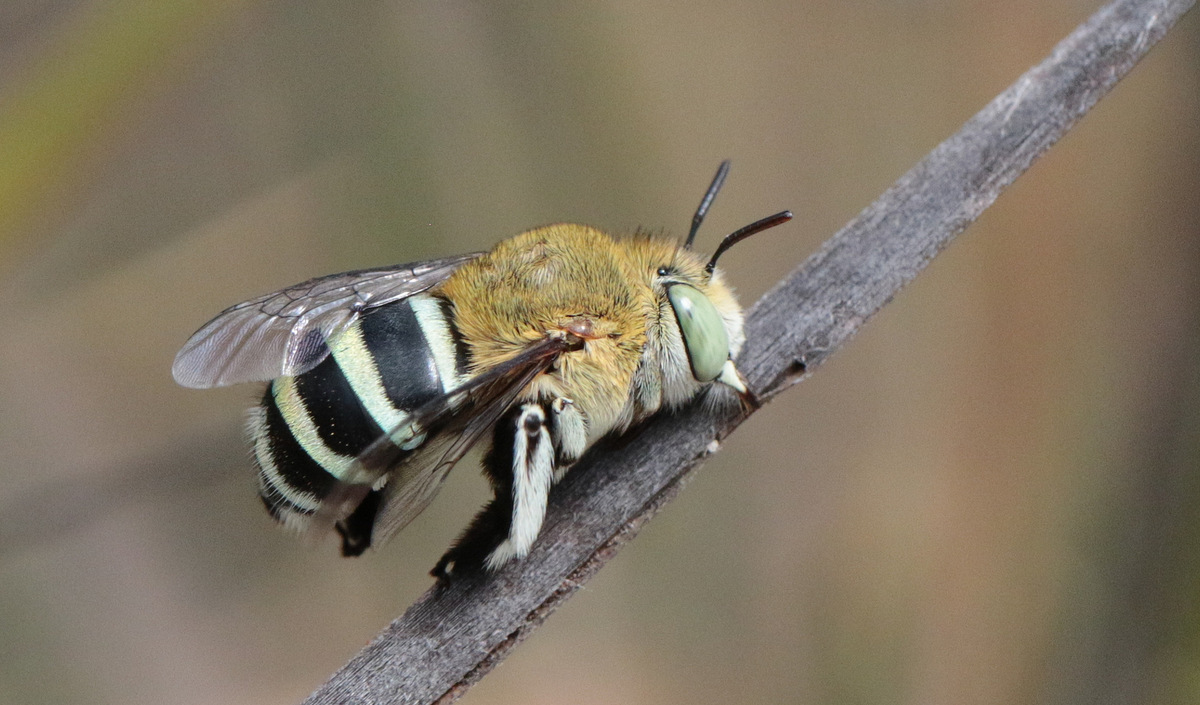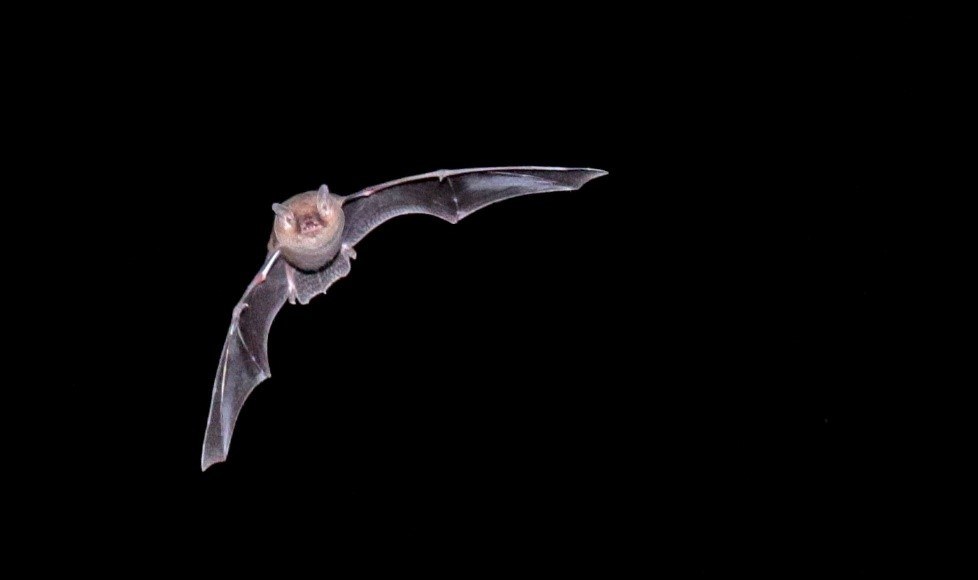We’ve all seen a duck – or ten – along the River Torrens / Karrawirra Pari, but there are many other animals that call it home too. Keep your eyes peeled for these 7 elusive animals along the soul of our city.

The River Torrens / Karrawirra Pari is the main river in Adelaide – the soul to our city – and there are lots of wildlife to spot along it.
Some are harder to spot than others, though. So, we’ve pulled together a list of 7 of the most elusive ones that you must look out for:
1. Rakali
Known as ‘Australia’s otter’, the rakali is a species of water rat that grows to a maximum of 60 cm long.
They’re similar to otters in their hunting style and water-repellent fur. They’re not as good as otters at regulating their own body temperature though. When the water is less than 20°C (which is often), they need to get out to find a burrow or other shelter to warm up. If you’re lucky, this transition from water to land is when you’ll spot them!
Rakali eat a range of things from water bugs to fish and maybe even the odd turtle. They’ll even eat mice!
Rakalis are considered a sign of a healthy waterway – hence why we’re so stoked to have them in the River Torrens / Karrawirra Pari.
2. Laughing kookaburra
This species is iconic, right? If you’ve never seen one, there’s a good chance you’ve at least heard about them in a song – or heard their call.

Kookaburras don’t just want to sit on the telephone wire and in fact, part of their habitat requirements are suitable trees.
Not only are trees used so they can swoop down and gobble up suitable prey, they also snatch up larger – and maybe more unfortunate – critters and whack them against a tree branch before eating them.

Kookaburras are thought to mate for life and also make their nests in big, old tree hollows. They breed between August and January, and their young stick around for a year or two to help out around the house with any siblings.

3. Eastern banjo frog
Also known as a pobblebonk or bull frog, the eastern banjo frog is a relatively large frog of up to 9 cm long – still small in the scheme of things!
They mostly hang out underground and their permeable (i.e. stuff gets through it) skin puts them at risk of being impacted by the things they come in contact with – of course, chemicals, but also even the oils of our human skin!
Their tadpoles can take 15 months to make the transformation into a frog – interestingly, better conditions (temperature, food availability and water quality) speed up the process.
Wetlands along the River Torrens / Karrawirra Pari – like at Felixstow Reserve and St Peters Billabong – are an excellent spot to listen out for their croaks, which sound like a banjo being plucked!
These fringing wetlands – essentially wetlands that are often isolated from the main channel – are actually the eastern banjo frog’s fave habitat, presumably because there are less fish to compete with and be eaten by!

4. Blue-banded bee
Here in Adelaide, there are actually 3 different species of blue-banded bee – but they’re super hard to tell apart and for the most part, you will just hear people refer to them all collectively as ‘blue-banded bees’.
If you want to get technical and do the research to ID each one separately, the Latin – or scientific – names of our blue-bandeds are: Amegilla asserta, A. chlorocyanea and A. murrayensis.
Blue-banded bees are buzz pollinators – this is essentially a special way of pollinating plants that involves shaking flowers to make them release pollen.
Most of our native bee species don’t live in hives – but they may live in ‘bee hotels’, which have individual spots for them to rest. You can see bee hotels along the River Torrens / Karrawirra Pari, including on the Native Bee BnB Trail.

5. Little forest bat
Ok, you would have to be pretty lucky to spot this species along the River Torrens / Karrawirra Pari – not only is this little bat rare in city suburbs, it’s also very small and more likely to be seen out hunting at night.

Their size? Around 3 to 6 g – so either less than or very slightly more than a teaspoon of sugar.
Their favourite food? Mosquitoes! Now wouldn’t you like to see more little forest bats and less blood-sucking mosquitoes!
The little forest bat is one of the 6 species of microbat that call the River Torrens home. We’re hoping this microbat thrives along the River Torrens / Karrawirra Pari as a result of adding more native plants as part of the Urban River Torrens Recovery Project and other work to rehabilitate the river over the past decades.
6. Southern forest bat
Another microbat benefitting from improved habitat along the River Torrens / Karrawirra Pari is the southern forest bat. This bat is also rare in suburbia but is slightly bigger at a weight of 4 to 7 g.
Southern forest bats – like little forest bats – are a great pest controller because they eat insects. So definitely a species you want to have living in your neighbourhood!
Like forest bats, they live in tree hollows – if you don’t have any old trees with hollows in your yard, you may be able to attract these cute little bats with an artificial nest box.
Southern forest bats hibernate in winter. When they emerge from their sleep, pregnant females group together in what’s known as ‘maternity colonies’, ready to welcome their babies into the world in summer.
They only have one baby each per year – which is plenty right?! – but doesn’t make them fast to repopulate a population that might be struggling.
Learn about some of our other microbats.

7. Eastern water skink
Enter possibly the most patterned lizard you can find basking along the River Torrens / Karrawirra Pari…
Eastern water skinks grow to a maximum of 28 cm and can be found in the eastern states as well as here in South Australia.
They’re mainly insectivorous – eating a wide variety of bugs they find in the shrubs and grasses – and rather than laying eggs, they have live young, like us humans. Not so much like us – they can have up to 9 babies at a time!
Another species that has benefitted from the rehabilitation of the River Torrens / Karrawirra Pari, eastern water skinks love the dense vegetation that has been planted along much of the river, and even find shelter in the branches that get trapped beside trees during high flow events.
This species can be spotted anywhere along the river.

Learn more about the River Torrens / Karrawirra Pari
This iconic river runs 85 km – more than 460 times the length of Adelaide oval – from Mount Pleasant in the Mount Lofty Ranges to the sea at West Beach. 42 kilometres of this is in our Green Adelaide region.
After European colonisation in 1836, the river was neglected and polluted – restoring it has been a team effort over decades and continues today.
Learn more about and explore the soul of our city.
Main image: Morgan Sette